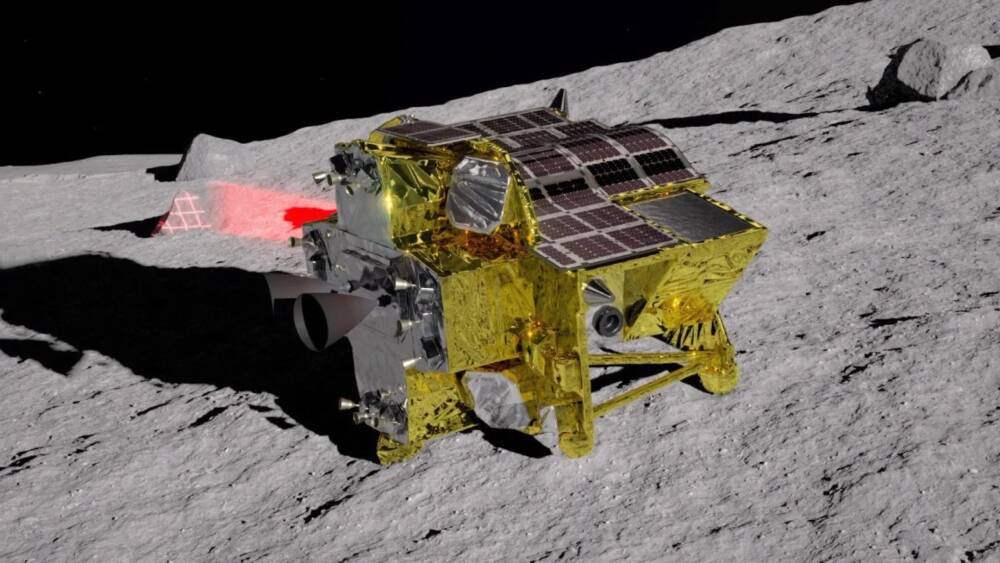Jasmine and Chrissy from NIU STEAM recently shared their insights about halos that can be seen around the Moon at night and across the horizon when the Sun is low in the sky during a typical Northern Illinois Winter. Both situations occur due to ice crystals in the atmosphere, which form depending on conditions like temperature, humidity, and the presence of clouds.
The formation of ice crystals in the atmosphere is a fascinating phenomenon that involves water droplets freezing into tiny particles. Cirrus clouds, found in the highest parts of the atmosphere, are an excellent source for this process since they contain tiny particles that facilitate the formation of ice crystals.
When light from either the moon or sun passes through these ice crystals, it can be reflected, refracted, or dispersed, creating different light patterns based on their shape. The two most commonly seen patterns are 22-degree halos and 46-degree halos formed by hexagon-shaped ice crystals.
During sunrise or sunset, a special phenomenon known as Parhelia can occur. This is when one or two bright patches of light within the solar halo appear on either side of the Sun. Known as “sun dogs,” these bright patches are more likely to occur during sunrise or sunset when sunlight passes through a greater thickness of Earth’s atmosphere, increasing its chances of interacting with ice crystals.
In conclusion, listening to Jasmine and Chrissy on WNIJ’s Sound of Science provides valuable insights into various scientific phenomena occurring in our daily lives.



